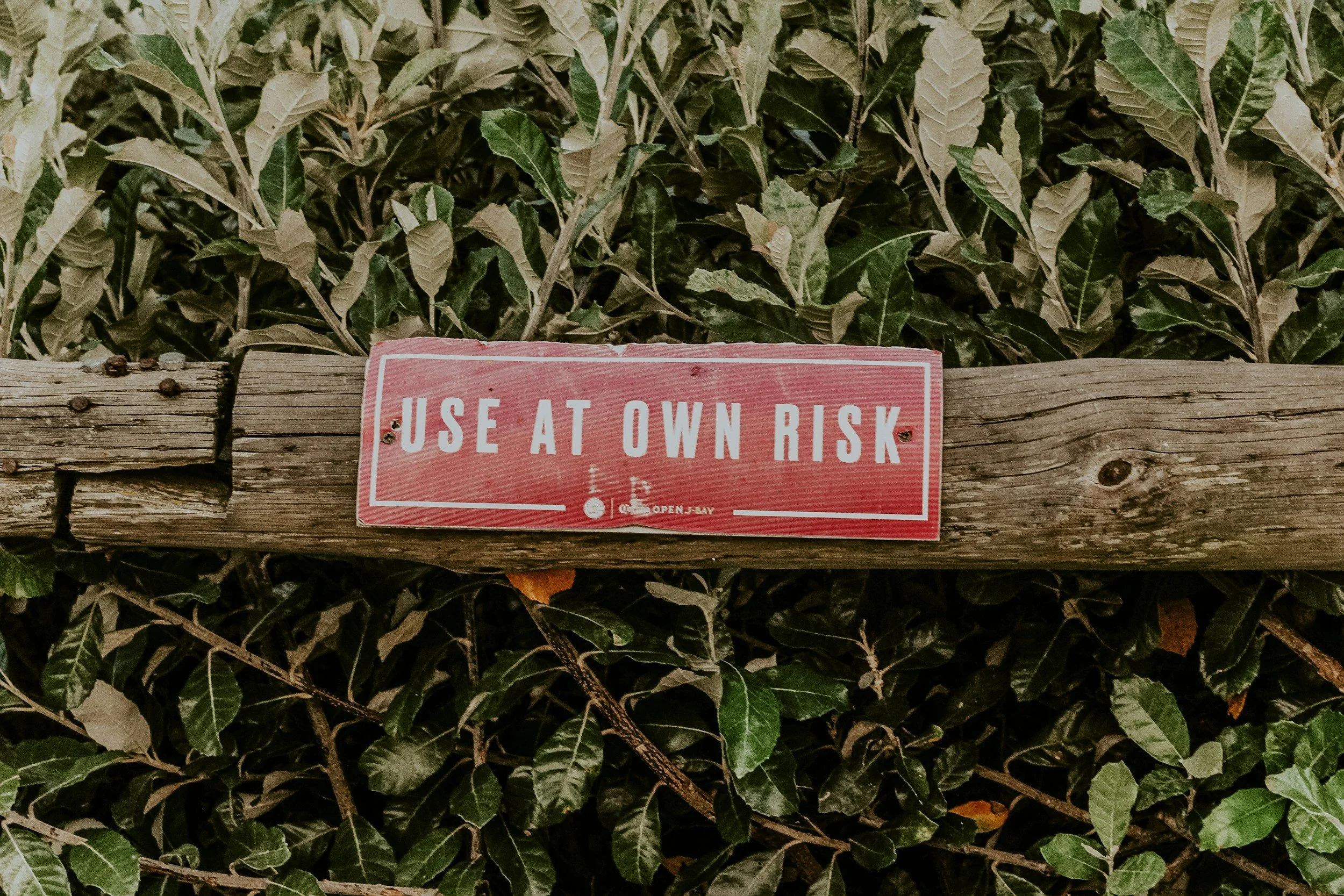Event Safety: Understanding the ‘Why’ Behind the Rules
When it comes to event safety, what’s more important: knowing all the rules or understanding why they exist?
I recently led a safety briefing for community volunteers stepping into safety warden roles at a major event with 100,000 attendees. We covered key risks—fire hazards, crowd management, emergency response—but I made one thing clear:
⚠️ You can never predict every possible scenario
⚠️ New risks will always emerge
Instead of having them memorise a rulebook, I focused on something more valuable: the reasoning behind the safety measures.
Because when you understand the 'why,' you can use common sense to make quick decisions—even when something unexpected happens.
🛡️ Our Event Risk Management Kit includes the tools to not just tick boxes—but to plan with purpose, clarity, and legal protection in mind.
Event Safety is Not Just a Matrix: Why the ‘Why’ Is More Important Than a Checklist
Too often, safety training relies on checklists, listing out potential risks and responses. But what happens when a new situation arises that no one saw coming?
As event managers, we know all too well the common risks that can occur during an event, such as:
A sudden weather change
A crowd bottleneck at an exit
An injured guest in a non-designated area
The reality is, we can't foresee every single possible scenario. There are countless variables to consider. Events are dynamic, live environments, and the best safety decisions are made by understanding the logic, not just following a rulebook.
Training for Smarter Safety Decisions
Teach the ‘Why’ Not Just the Rules
Rather than listing every potential scenario, train your team to think critically about event safety. Ask: Why does this rule exist? What problem does it solve?
For example, instead of just telling them to “keep exit paths clear,” explain: “In an emergency, people naturally move toward exits. Any obstacle increases panic and the risk of harm.” Once the logic is understood, your team can apply it in ways that go beyond the written rules.
Encourage Real-World Thinking
The best safety training goes beyond theory. It’s immersive and scenario-based.
✔️ Walk your team through the event site to discuss potential risks in real-world context.
✔️ Run drills that require decision-making, not just memorising procedures.
✔️ After incidents, debrief the team, exploring why certain decisions were made, not just the outcomes.
This approach builds situational awareness, which is a crucial skill that no event safety checklist can replace.
Empower Decision-Making on the Ground
Safety should never depend solely on a top-down command structure. In the heat of the moment, split-second decisions are critical.
Equip your team with decision-making frameworks, for example:
✔️ When in doubt, prioritise people’s safety over the plan.
✔️ If you encounter a risk, act first, then escalate.
✔️ If something doesn’t feel right, speak up.
When people trust their judgment, they respond faster and more effectively.
This mindset isn’t just for event safety—it applies to leadership as well.
The most successful teams don’t just follow a checklist, they understand the bigger picture behind it. Whether at an event, in the workplace, or across any industry, everyone benefits when people are trained to think critically, not just follow orders.
If you believe in empowering people to make real-world decisions, not just memorise rules, share this with your network. Let’s create safer, more enjoyable events for both teams and attendees.
You Might Also Like
Meet Your Mentor
Hey! I’m Rachella — founder of Event Kit and an Event Consultant with 25+ years of experience running world-class festivals and public events. I created Event Kit because I knew there had to be a smarter, less overwhelming way to plan pro-level events.
EVENT KIT LIBRARY
Guides & Tutorials: Expert Insights & Event Planning Inspiration
Your go-to for practical event planning advice, from beginner basics to smart professional development.














